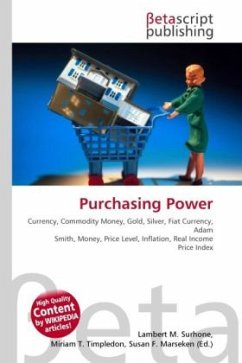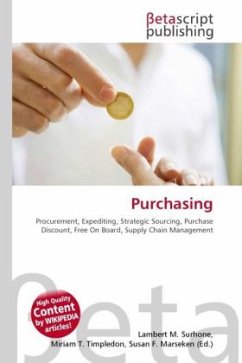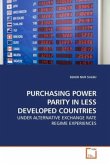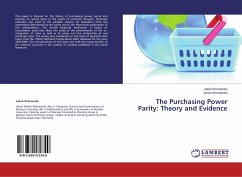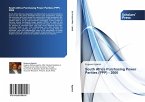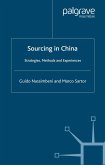High Quality Content by WIKIPEDIA articles! Purchasing power is the number of goods/services that can be purchased with a unit of currency. For example, if you had taken one dollar to a store in the 1950s, you would have been able to buy a greater number of items than you would today, indicating that you would have had a greater purchasing power in the 1950s. Currency can be either a commodity money, like gold or silver, or fiat currency like US dollars. As Adam Smith noted, having money gives one the ability to "command" others' labor, so purchasing power to some extent is power over other people, to the extent that they are willing to trade their labor or goods for money or currency. If money income stays the same, but the price level increases, the purchasing power of that income falls. Inflation does not always imply falling purchasing power of one's real income, since one's money income may rise faster than inflation.
